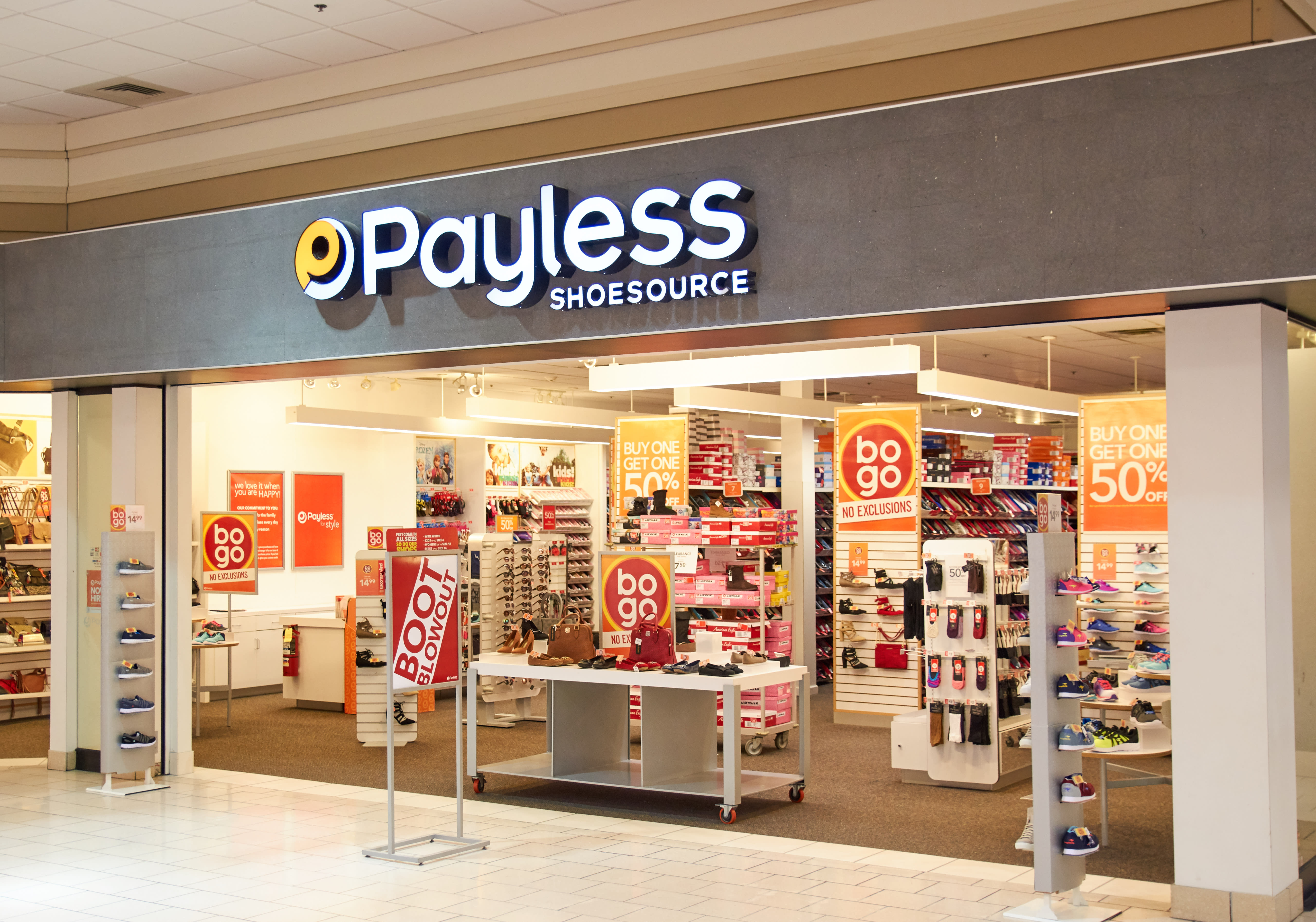
Iconic Canadian Retailers Seek Respite From Mounting Debt, Shutter Stores
Introduction
The Canadian retail landscape is undergoing a period of significant upheaval. Once-iconic retailers, such as Sears Canada, Target Canada, and Toys "R" Us Canada, have all filed for bankruptcy in recent years, leaving behind shuttered stores and thousands of lost jobs. This trend is not unique to Canada. In the United States, a number of major retailers, including JCPenney, Macy's, and Sears, have also closed stores and laid off employees. The decline of brick-and-mortar retail is being driven by a number of factors, including the rise of online shopping, changing consumer habits, and increased competition.
Online Shopping
The rise of online shopping has been a major factor in the decline of brick-and-mortar retail. In 2021, online sales in Canada accounted for 13.6% of total retail sales, up from 3.8% in 2011. This growth has been driven by the convenience, selection, and often lower prices offered by online retailers. As a result, many consumers are choosing to shop online rather than in stores.
Changing Consumer Habits
In addition to the rise of online shopping, changing consumer habits have also contributed to the decline of brick-and-mortar retail. Consumers are increasingly looking for experiences and value, rather than simply buying products. This has led many consumers to shift their spending away from traditional retail stores and towards restaurants, entertainment, and travel.
Increased Competition
The retail landscape in Canada is becoming increasingly competitive. In addition to the rise of online shopping, there has also been an increase in the number of discount retailers and fast-fashion chains. This has made it difficult for traditional retailers to compete on price. As a result, many retailers have been forced to close stores and lay off employees.
Perspectives on the Decline of Brick-and-Mortar Retail
There are a number of different perspectives on the decline of brick-and-mortar retail. Some argue that this trend is simply a natural evolution of the retail landscape. They believe that online shopping and changing consumer habits will continue to drive the decline of brick-and-mortar retail. Others believe that the decline of brick-and-mortar retail is a more serious problem. They argue that the loss of retail jobs and the closure of stores is harming communities and the economy as a whole.
Government Response
The Canadian government has taken a number of steps to address the decline of brick-and-mortar retail. In 2018, the government announced a $250 million fund to help small businesses adopt e-commerce technologies. The government has also worked with provinces and municipalities to provide support to retailers that are struggling.
Conclusion
The decline of brick-and-mortar retail is a complex issue with a number of contributing factors. The rise of online shopping, changing consumer habits, and increased competition have all played a role in this trend. The Canadian government has taken a number of steps to address this issue, but it remains to be seen whether these measures will be enough to reverse the decline of brick-and-mortar retail.
Reflection
The decline of brick-and-mortar retail is a significant issue that is having a major impact on communities across Canada. It is important to understand the factors that are driving this trend and to consider the potential consequences. The government, businesses, and consumers all have a role to play in shaping the future of retail in Canada.

Post a Comment